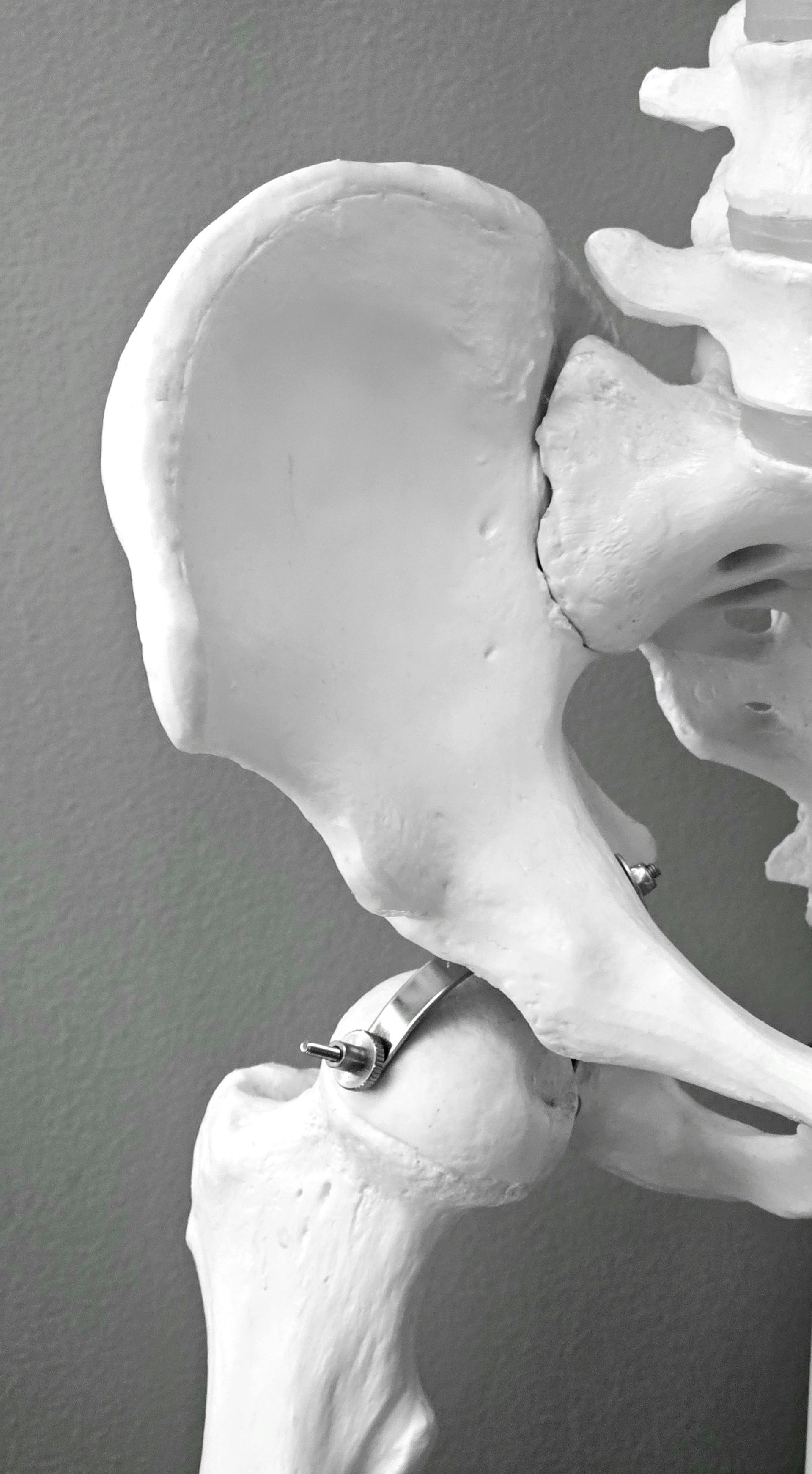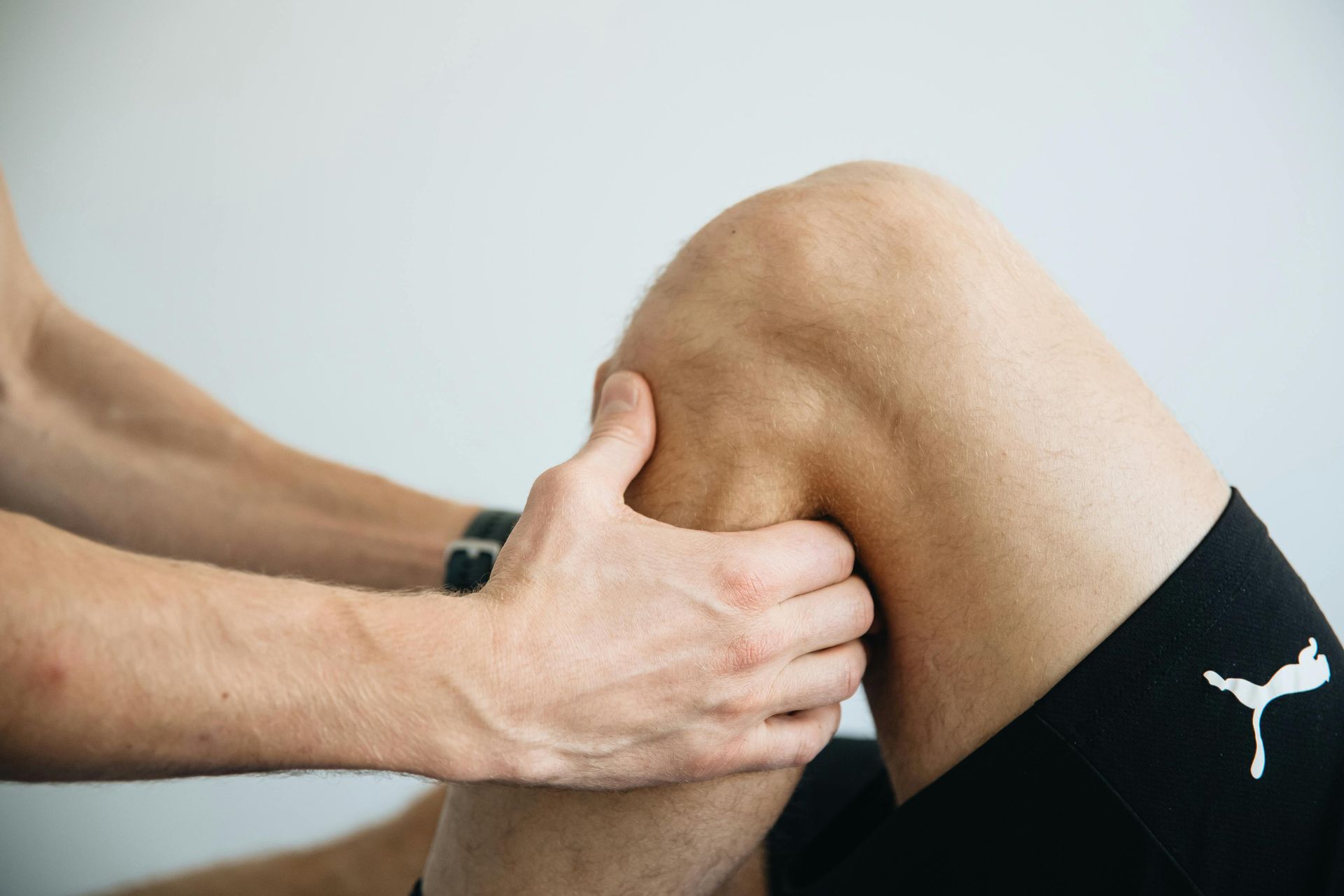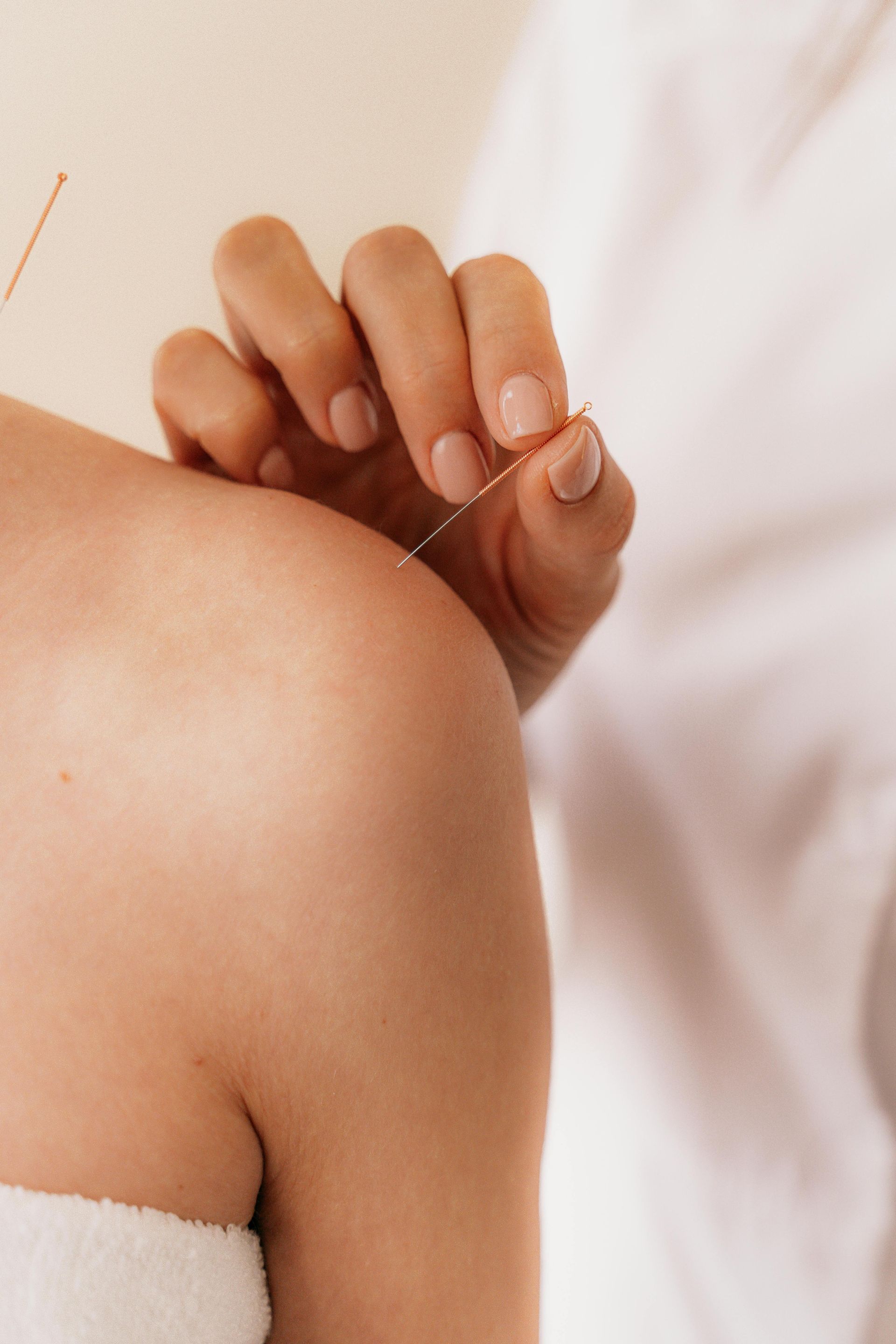Case Studies
Michael R., Age 60
Condition: Hip joint degeneration with cartilage loss
Michael's hip pain was affecting his quality of life. He opted for regenerative treatment to stimulate cartilage growth and reduce joint inflammation. The minimally invasive procedure allowed him to regain mobility.
Results:
- Significant pain relief within weeks
- Improved hip function and reduced stiffness
- Longer-term stabilization of joint health
- Ongoing improvements over several months
Mark B., Age 58
Condition: Erectile Dysfunction (ED) affecting daily life and relationships
David P., Age 29
Condition: Chronic hamstring strain from sports injury
Lisa T., Age 38
Condition: Early-stage knee osteoarthritis and cartilage wear
Mark had been experiencing ongoing erectile dysfunction for over a year, causing frustration and emotional stress. After consulting with our team at Stem Cells of Jacksonville, he decided to try regenerative therapy to improve blood flow and tissue health in the penis without surgery or medication. The treatment involved injecting concentrated stem cells into targeted areas to promote vascular and tissue regeneration.
Results:
- Notable improvement in erectile function within 6 weeks
- Increased blood flow and improved tissue health confirmed through follow-up exams
- Enhanced confidence and quality of life
- Continued progress observed at 3 and 6 months post-treatment, with many patients reporting sustained improvement
David suffered a painful hamstring tear that was slow to heal, limiting his ability to perform sports and daily activities. He chose regenerative therapy to promote faster healing and tissue regeneration. A targeted stem cell injection was administered into the injured muscle tissue to stimulate repair and reduce recovery time.
Results:
- Significant pain relief within 2 weeks, greatly improving his comfort and mobility
- Faster return to sports and activities, allowing him to resume training sooner than expected
- Regrowth of healthy muscle tissue confirmed through follow-up imaging, indicating effective healing
- He returned to full activity after just a few months, alongside increased muscle strength and endurance
Lisa enjoyed running but developed persistent knee pain due to cartilage degeneration, which affected her daily routine. She opted for stem cell therapy to stimulate cartilage repair and reduce inflammation. The treatment involved injecting concentrated stem cells into her knee joint to encourage tissue regeneration.
Results:
- Reduced pain and swelling within 3 weeks, allowing her to move more comfortably
- Increased joint stability and flexibility, giving her confidence to walk and run again
- Allowed her to gradually resume running without discomfort, improving her overall quality of life
- Continued improvements observed at 3 and 6-month follow-ups, with enhanced joint function and mobility



